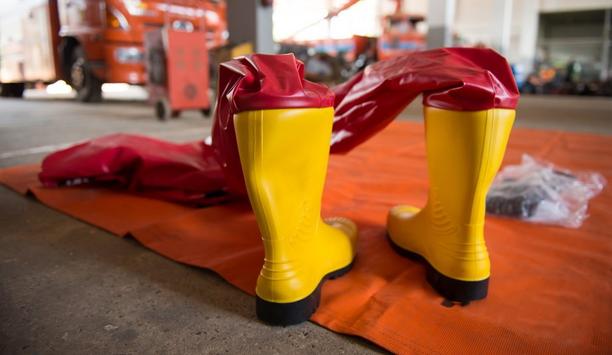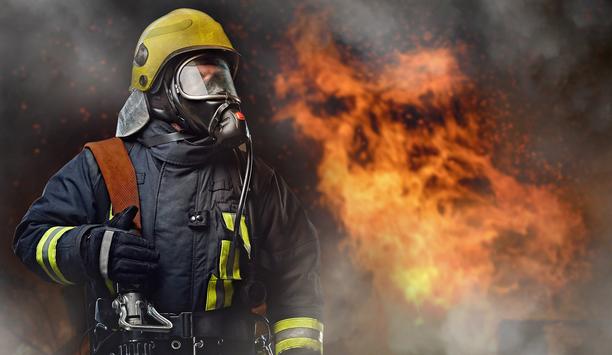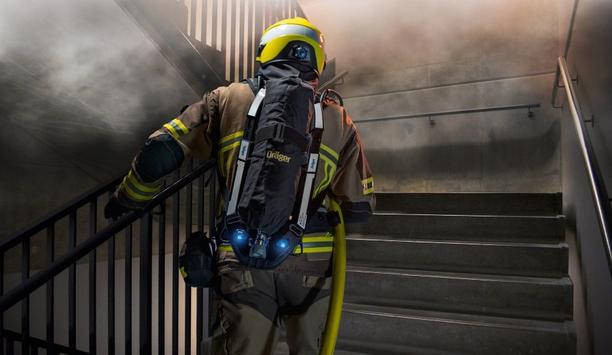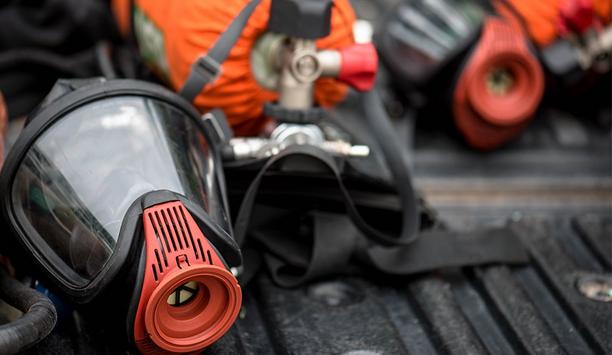Home is the place where everyone goes after a long day at work or school. It’s where they cook their favorite meals and make memories with their families. But home — the place where people feel safest— can also be where they’re most at risk. A house fire can occur at any moment and destroy everything within a matter of minutes.
According to the National Fire Protection Association (NFPA), firefighters were called to more than 1.3 million fires in 2021 and responded to a fire somewhere in the U.S.A. every 23 seconds. Of the 1.3 million fires, 25 percent occurred in residential properties, which includes single-family homes, duplexes, apartments, or other multi-family housing units.
Risk of house fires higher for certain populations
For certain populations, the risk of a house fire is considerably higher
Although a home fire can happen to anyone, the risk of a house fire, or a fire-related death or injury, is not the same for everyone. For certain populations, the risk of a house fire is considerably higher.
In a recent report by the U.S. Consumer Product Safety Commission, across all races, Black Americans are nearly twice as likely to die in a residential house fire and more than twice as likely to suffer a fire-related injury.
Another study from the NFPA, which looked at the link between poverty and the risk of a fire, reports that those who live in poverty are at greater risk due to factors including family stability, over-crowding, living in older housing, and living near vacant buildings.
Lack of adequate fire safety systems in low-income homes
As the U.S. continues to grapple with a housing affordability crisis, millions of families find themselves in dangerous living conditions.
Often homes and residential buildings in low-income communities are not equipped with adequate fire safety systems such as smoke detectors or sprinklers, they may have faulty or outdated electrical wiring, or are found to be structurally unsound.
As the racial homeownership gap in the U.S.A. widens, with a 43 percent homeownership rate for Black households - compared to a 72% rate for white households - it is Black families that are most affected.
Habitat for Humanity foundation
Habitat for Humanity foundation knows that inequality still exists in communities across the nation
Habitat for Humanity foundation knows that inequality still exists in communities across the nation. They know that not every family has the same access to fire protection or fire safety education. They cannot ignore the devastating link between fire risks and socio-economic status and race.
They understand what home means to a family, and it is why they partnered with Kidde on their ‘Cause for Alarm’ fire education and safety initiative. Safety is not the same for everyone, which is why Kidde is on a mission to help protect every moment for everyone.
Habitat for Humanity and Kidde partnership
Habitat and Kidde share the same belief that everyone, no matter who they are or where they live, should feel safe and protected at home. They believe that strong families and safe homes are the cornerstone to thriving communities.
Kidde’s ‘Cause for Alarm’ campaign
Kidde’s ‘Cause for Alarm’ campaign empowers people to take fire safety seriously and provides them with the guidance needed to prepare for, and help prevent, fire-related disasters.
With the support of Kidde through an overall campaign donation of smoke and carbon monoxide detectors valued at US$ 1 million, Habitat for Humanity will be able to ensure that hundreds of families have access to these life-saving products.
They are honored to be beneficiaries of Kidde’s Cause for Alarm campaign and look forward to continuing to work together, in order to help make communities safer.






